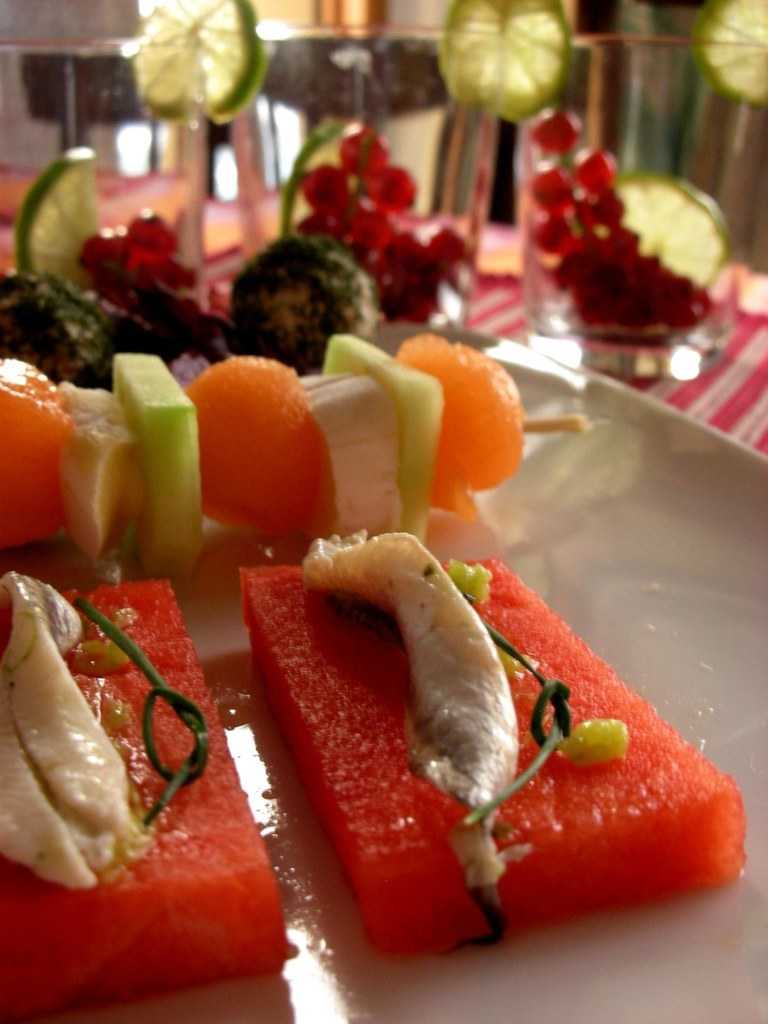Indoor Greenhouse DIY
An indoor greenhouse DIY style is a great way of growing plants and vegetables if you are limited on outdoor space. A well looked after indoor greenhouse is also aesthetically pleasing and is a fun addition to your home. If you have green fingers and looking for advice on using an indoor greenhouse, this handy guide will help you.
What is an Indoor Greenhouse
An indoor greenhouse offers a great way to create an ambient temperature for your plants. Many people see their windowsills as their indoor greenhouse but there can be cold drafts and fluctuating temperatures if you garden in this way. Housing your plants inside a greenhouse will give them the best chance that they can to survive changes in temperature that will naturally happen in your home when the weather changes.
If you live in a part of the country that has changeable weather, installing an indoor greenhouse means you can grow plants all year round. A greenhouse will also allow you to grow a wider range of plants as you do not simply have to choose the ones that you know can survive under natural house conditions. One of the greatest things about an indoor greenhouse is that you can manage the humidity of the space in which your plants grow. This means that they can thrive and will not be affected by pests as much.
Indoor Greenhouse DIY
You can buy indoor greenhouses online or in garden centers and department stores and there is something to suit all budgets. You can ben buy tabletop greenhouses that you can dot around your house if you are short on space.
To build your own greenhouse you can use anything from clear plastic storage bins, large drinks dispensers (ask your office if you can use an old water carrier) and old picture frames (built to make a little house-like frame) to the simplest of egg cartons and plastic bags.
You can also build a larger indoor greenhouse by using wooden cut-offs or aluminum for a frame and recycled glass. It really can be as cheap as you need it to be.
The Benefits of an Indoor Greenhouse
You may be wondering why there is a need for an indoor greenhouse as your plants are not likely to die of frost in your home. The truth is, some pants, including herbs and edible plants, will thrive in a controlled temperature as opposed to being left to their own devices. An indoor greenhouse allows you to grow plants that need heat, humidity, and draft-free growing space all year round. By having a greenhouse indoors you do not have to worry about driving to an allotment or getting out into your garden during bad weather, you can micro-manage the growth of plants from the comfort of your own home.
What to Grow in your Indoor Greenhouse
As well as being a great home for exotic houseplants, an indoor greenhouse is great for growing herbs and edible plants. As indoor greenhouses are a lot smaller than outdoor greenhouses, you need to choose vegetables and plants that do not need a lot of space to grow.
Here is a list of herbs and edible plants that are ideal for indoor greenhouses:
- Lettuce
- Microgreens
- Oregano
- Lemongrass
- Thyme
- Basil
- Coriander
- Edible flowers such as violets and nasturtiums
- Eggplants
- Zucchini
- Tomatoes
- Chilies
- Spinach
- Ginger
- Cucumbers
What You Will Need for Your Indoor Greenhouse
You can spend as little or as much as you want on your greenhouse, depending on your budget. For example, if you are housing your greenhouse in a prominent area of your home you may want it to look nicer with fancy pots and nicely decorated shelves. For others, an indoor greenhouse is simply a way to grow edible plants and herbs the best way possible. Whatever way you choose to start-up and develop your greenhouse you will need the following items:
- Seedling trays to start seeds off until they germinate and develop their first leaves.
- Plastic drinks bottles to cover seedlings—the ends are cut off to make a cloche.
- Old plastic food trays — the type you get brownies or pastries in.
- Pots of varying sizes to grow your plants — read the care instructions for each plant you buy.
- Thermometer to manage your plants as best you can.
- Fan — if your house gets really warm during summer you will need to open the doors but a fan will help if it gets really warm.
- Instructions on how to grow each plant/seed you buy.
- Watering can to check how often each plant should be watered and draw up a schedule so that you do not miss out.
- Lighting for plants that come from more exotic climbs and need a lot of heat—such as melons.
Have fun creating your greenhouse and enjoy all of the lovely herbs and vegetables that you grow.

